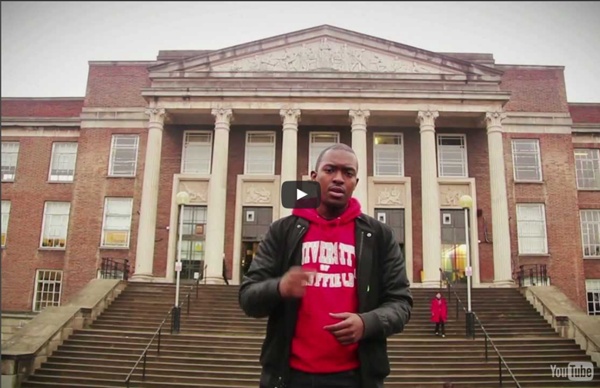



http://www.youtube.com/watch?v=y_ZmM7zPLyI
Can Schools Create a Culture of Learning By Doing? - Education What if we had a culture of "do" instead of a culture of "know" in our schools? That was the question posed by sixth-grade language arts teacher Bill Ferriter and three other educators at last weekend’s EduCon, an education innovation conference held in Philadelphia. Ferriter writes on his blog, The Tempered Radical, that the group came up with the question during a session designed to push educators to dream big and develop ambitious solutions for the problems facing schools. Although knowing academic content is foundational, he writes, students often complain about feeling disconnected from what they’re learning because they’re never given the chance to apply their knowledge in meaningful ways.
3 Things That Have Slowed the Change Process Down in Education (And What We Can Do About It) There has been a lot of talk on the idea that education as a whole takes a long time to change. As an educator, this is a challenging notion, since we are seeing many people doing some amazing things that did not exist when I was a student. Change is happening but sometimes it is hard to see when you are in the middle of the process. Some things are out of the hands of schools. Budgets and government decisions can make creating new and better learning environments for students tough, but not impossible.
The Characteristics Of A Good School The Characteristics Of A Good School by Terry Heick For professional development around this idea or others you read about on TeachThought, contact us. 18 Things Highly Creative People Do Differently This list has been expanded into the new book, “Wired to Create: Unravelling the Mysteries of the Creative Mind,” by Carolyn Gregoire and Scott Barry Kaufman. Creativity works in mysterious and often paradoxical ways. Creative thinking is a stable, defining characteristic in some personalities, but it may also change based on situation and context. Inspiration and ideas often arise seemingly out of nowhere and then fail to show up when we most need them, and creative thinking requires complex cognition yet is completely distinct from the thinking process. Neuroscience paints a complicated picture of creativity.
The 8 Elements Project-Based Learning Must Have If you’re contemplating using Project-Based Learning or are already trying out the latest craze to hit the modern classroom, you should know about this checklist. It details if you’re actually doing it correctly. For example, does your project focus on significant content, develop 21st century skills, and engage students in in-depth inquirty (just to name a few)? If not, you might want to reconsider your PBL approach. The 7 Powerful Idea Shifts In Learning Today by Terry Heick, TeachThought.com : Shift_Learning: The 7 Most Powerful Idea Shifts In Learning Today So we’re taking a stand here. This is all incredibly subjective, but so are the VH1 Top 100 Hair Bands Videos and those are fun, am I right?
יוטיוב - סרטים מזוית אחרת יוטיוב מזוית אחרת - סרטים אשר מספקים לנו נקודת מבט שונה על הדברים... • The Secret - סרט "הסוד" ע"פ הספר המפורסם. הסרט מתבוסס על תיאורית "חוק המשיכה" אשר אומר אומר שאם אנו חושבים על דבר מה מסוים, אנחנו בעצם יוצרים אותו וגורמים לו לקרות. הסרט מביא עימו תאוריות שונות על החיים ממורים ומאמנים שהגיעו להארה בנושא. (1 ש' 30 דק') • Thrive (שגשוג) - סרט למחשבה - מביא ראיות להגעת חייזרים אלינו, וראיות ליכולת יצירת אנרגיה נקיה זולה (שאפשר שהושתקה ע"י גורמים ממשלתיים). (2 ש' 12 דק') • Loose Change - זוית אחרת על פיגוע מגדלי התאומים ה 11 בספטמבר - הסרט המדובר. (1 ש' 21 דק')
Technology and Education Western Philosophy המדריך